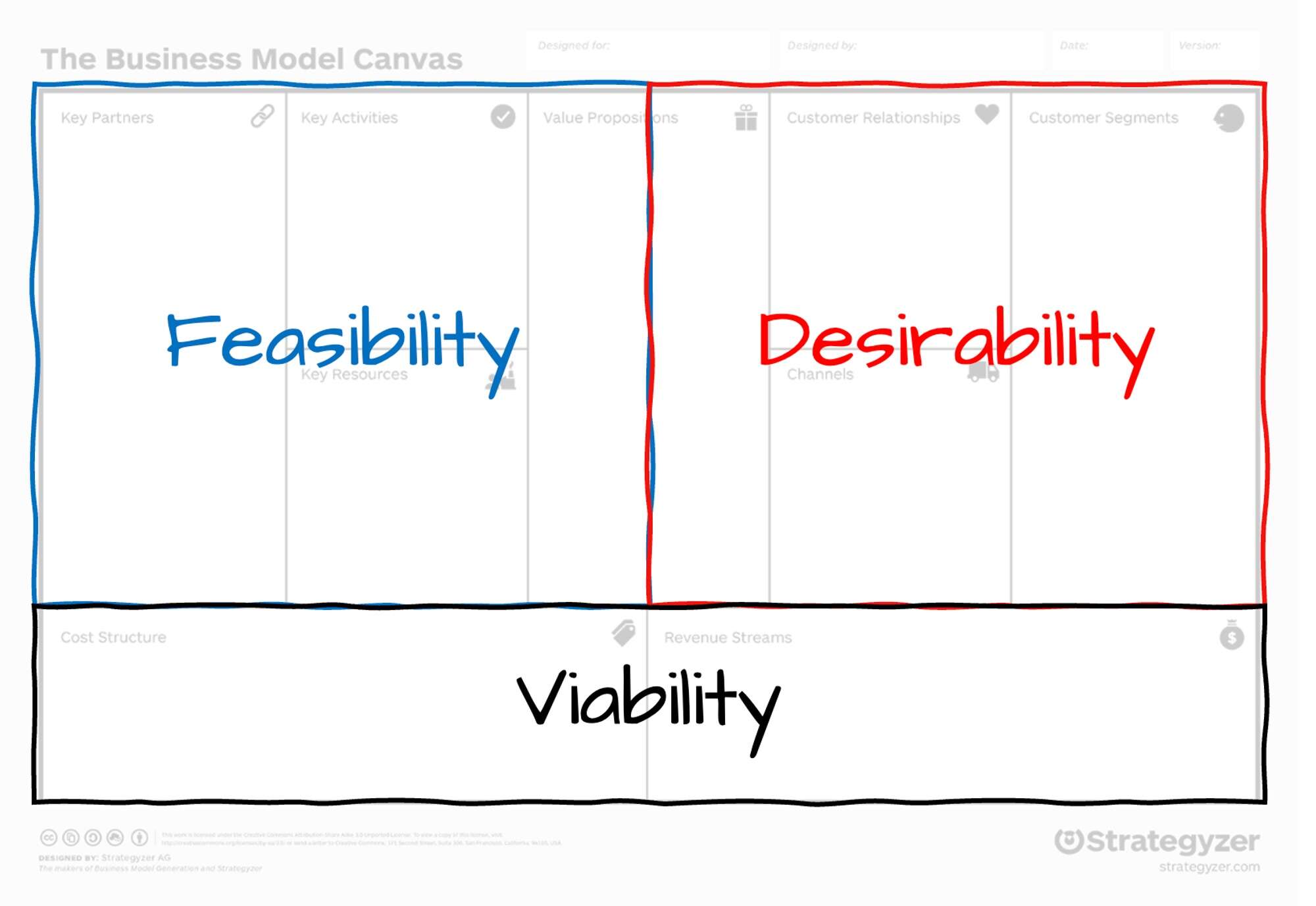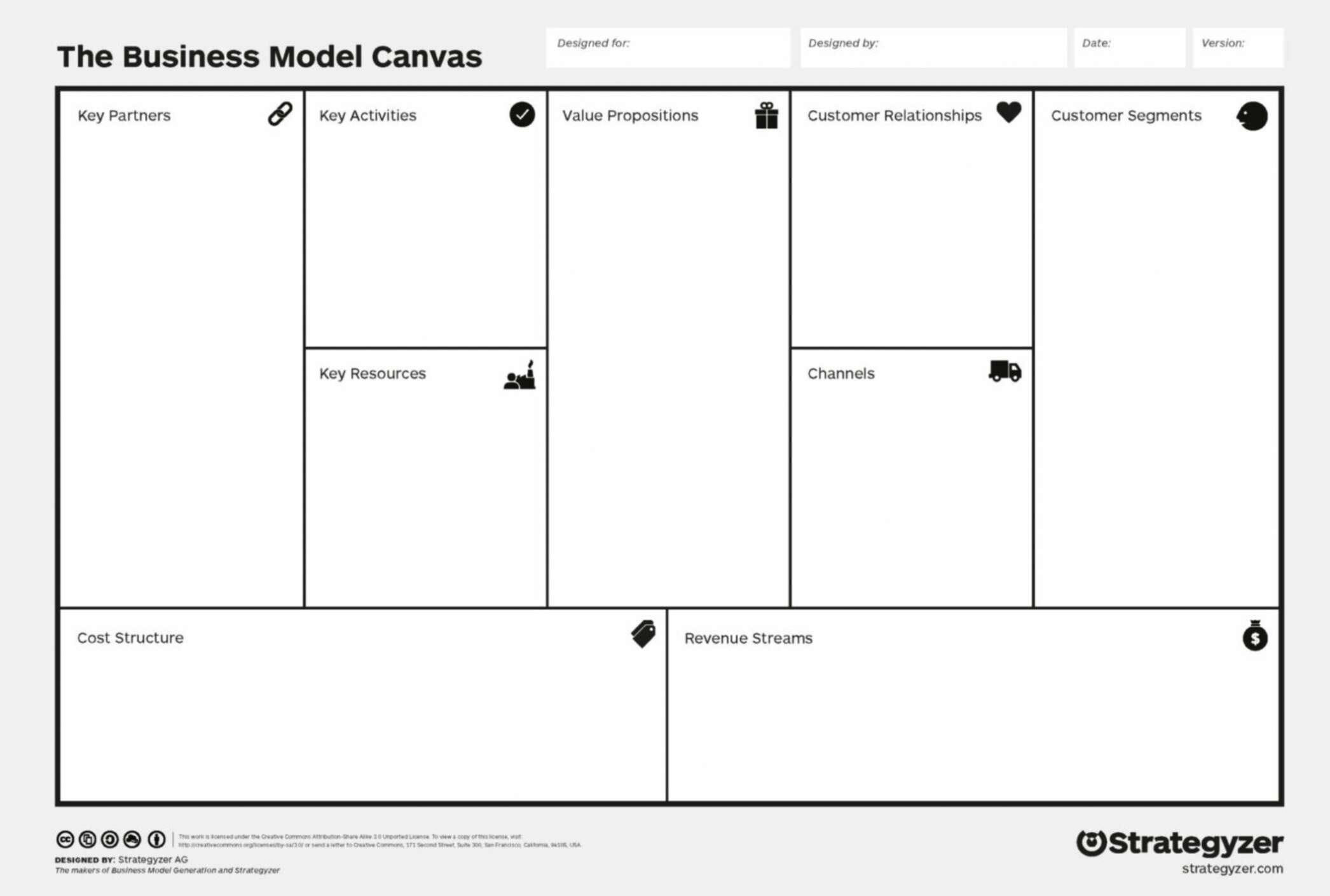Roughly defined, a business is a repeatable process that:
- Creates and delivers something of value...
- That other people want or need...
- At a price they’re willing to pay...
- In a way that satisfies the customer’s needs and expectations...
- So that the business brings in sufficient profit to make it worthwhile for the owners to continue operation.
It doesn’t matter if you’re running a solo venture or a billion-dollar brand. Take any one of these five factors away, and you don’t have a business — you have something else.
- A venture that doesn’t create value for others is a hobby.
- A venture that doesn’t attract attention is a flop.
- A venture that doesn’t sell the value it creates is a non-profit.
- A venture that doesn’t deliver what it promises is a scam.
- A venture that doesn’t bring in enough money to keep operating will inevitably close.
WHY IT MATTERS: At the core, every business is fundamentally a collection of nine interdependent processes, each of which flows into the next:
1. Customer Segments
- Definition: The different groups of people or organizations an enterprise aims to serve.
- Question: Who are our customers and what do they care about today?
2. Value Proposition
- Definition: The bundle of products and services that create value for a specific customer Segment.
- Question: What is the good reason and the real reason why people choose us?
3. Channels
- Definition: The way in which people hear about our offer, and the way in which we deliver our offer.
- Question: How do we acquire new customers and give people what they want?
4. Customer Relationships
- Definition: How you plan to treat your customers, both to entice them, engage them and keep them coming back in the future.
- Question: How will customers come to know, like and trust our business?
5. Revenue Streams
- Definition: Where your revenue comes from, how often and in what amount.
- Question: How does money flow into the business?
6. Key Resources
- Definition: Assets your business owns that let it do valuable work.
- Question: Where does our strength come from?
7. Key Activities
- Definition: The most important activities required to make the business model work
- Question: How do we consistently follow through with our promises?
8. Key Partnerships
- Definition: Partnerships enable you to determine where you want to specialize and where you want to outsource things that either aren't your strengths or could hinder your scaling efforts.
- Question: Who are our suppliers and who are our allies?
9. Cost Structure
- Definition: Describes all costs incurred to operate a business model
- Question: Where do we commit our money?
THE BIG PICTURE: Any discussion, meeting, or workshop about your business should begin with a shared understanding of what a business model is. How can we improve something that we don’t understand. The challenge lies in ensuring that the concept is simple, relevant, and intuitively understandable, without overly simplifying the complexities of enterprise operations.
Feasibility, Desirability, Viability

The Business Model Canvas is a strategic tool consisting of nine components, each representing a crucial part of a business. These components can be simplified into three key areas that decide a business's success:
- Customer Desirability: This describes how appealing the business or its products/services are to the customers.
- Feasibility: This refers to how manageable and practical it is for the business and its team to provide these products/services.
- Financial Viability: This indicates whether the business is capable of making a profit from providing these products/services.
Your business needs to pass all three tests.
- If it’s not desirable to your customers, you’ll struggle to make sales, struggle to keep people’s attention, and will struggle to grow.
- If it’s not feasible for your team, you’ll burn yourselves out or leave customers short-changed, resulting in high turnover and a bad reputation.
- If it’s not viable, you’ll bleed money, and the faster you grow the faster you fold.
Each of these areas needs to be carefully considered to ensure the business's longevity and success.
Ultimately, the Business Model Canvas serves as a roadmap that outlines how a business operates and achieves its objectives.
more tomorrow,
Hunter
